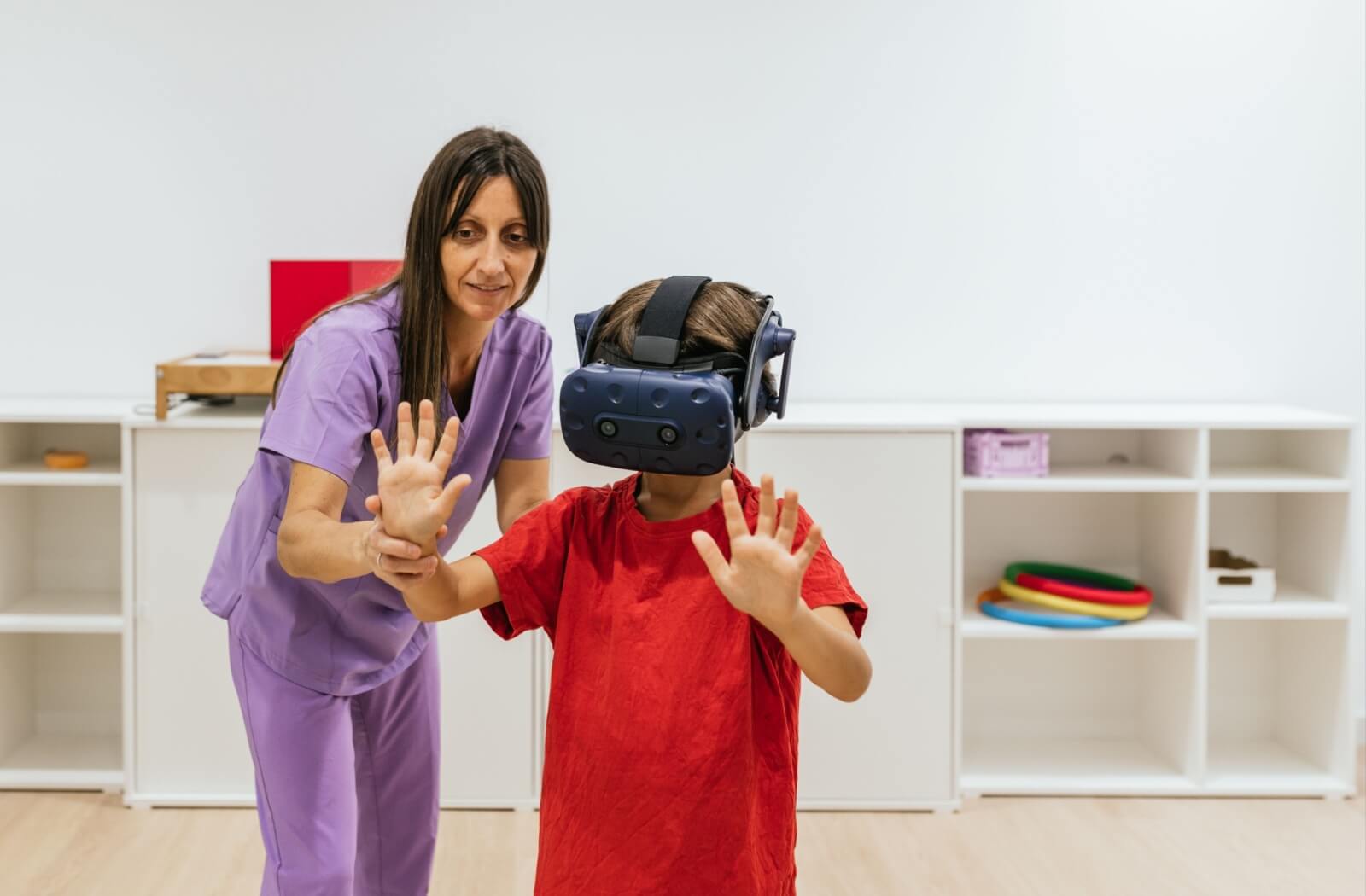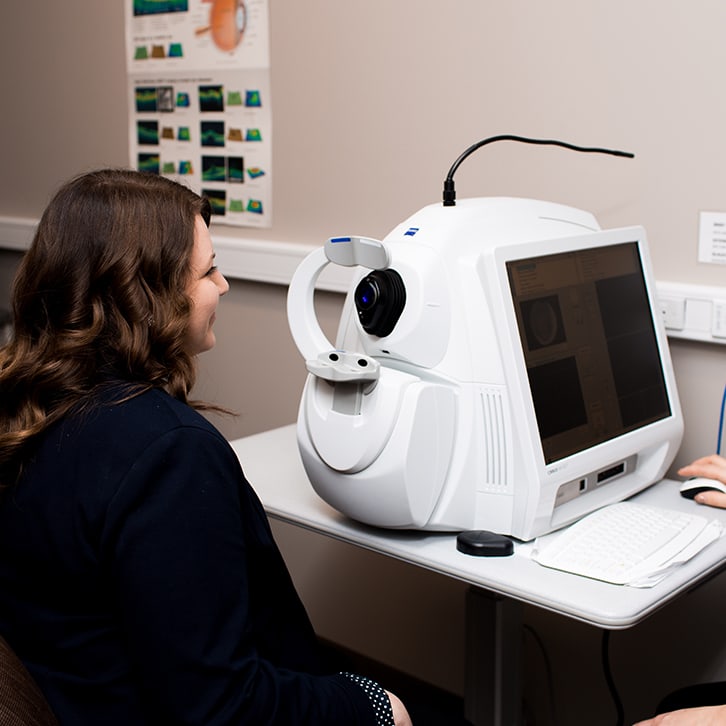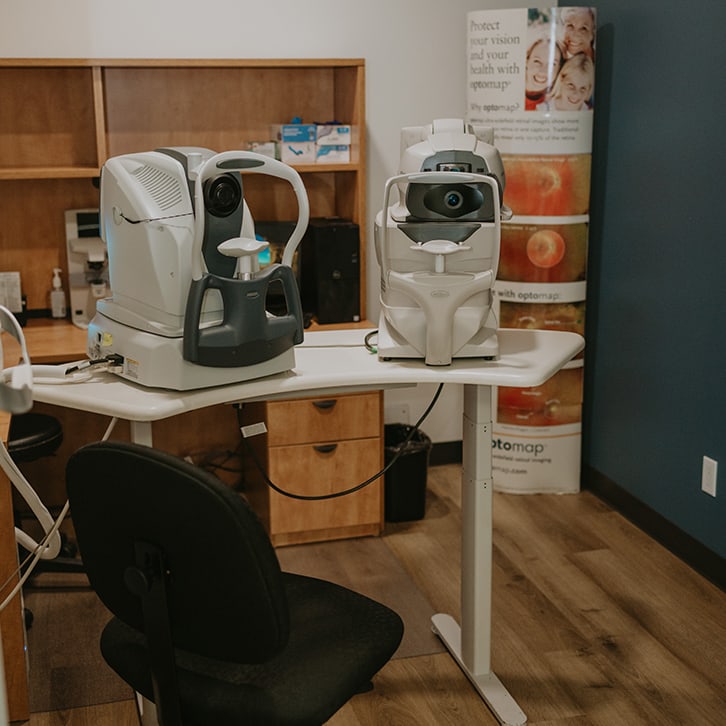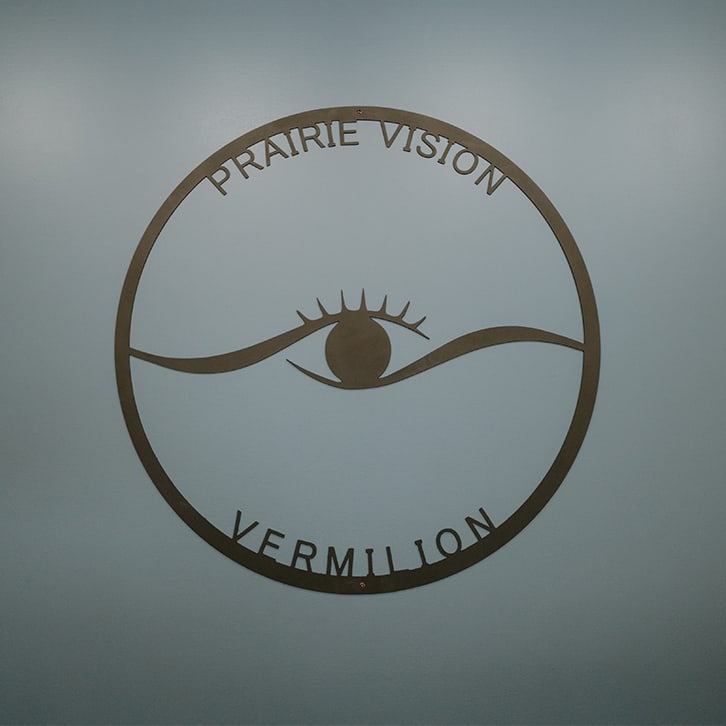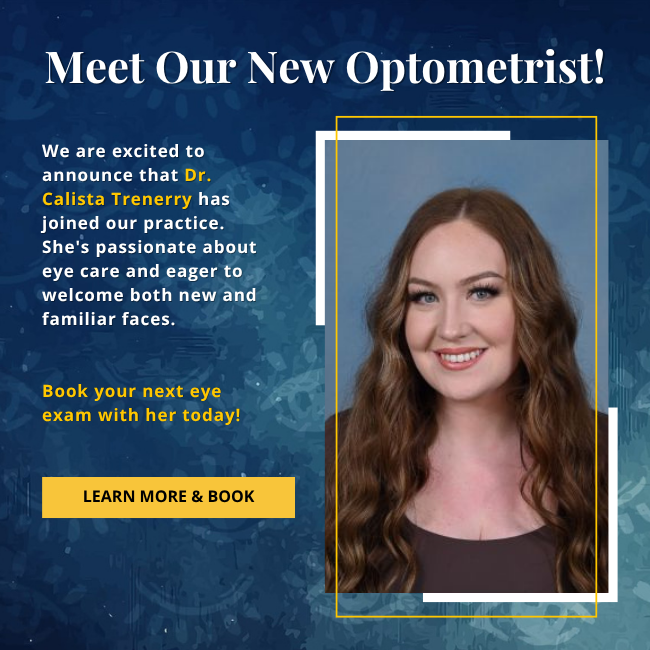If your child struggles with reading, concentrating in class, or even catching a ball, it might not just be a phase or a matter of being “all in their head.” Sometimes, vision problems can be a hidden challenge. The good news is that there are vision therapy options for children that can help.
At Prairie Vision, we understand your child’s eye health and how their vision impacts their day-to-day life. Let’s explore what vision therapy is, the common vision problems it addresses, and how our experienced team can help your child.
Understanding Vision Therapy for Kids
Vision therapy is a customized program designed to improve the connections between a child’s eyes and their brain. While most people think vision is all about “seeing clearly,” vision therapy addresses other essential aspects of sight, such as focus, eye coordination, and visual processing.
Through guided exercises and activities, children can strengthen their visual skills, improving their academic, athletic, and everyday performance. Think of it as physiotherapy, but for the eyes.
Prairie Vision provides a supportive environment where nervous little ones and anxious parents alike feel at ease. You’re not just another appointment to us—you’re family.
Common Vision Problems in Children
Children’s vision issues are often overlooked because they don’t always know how to describe what they’re experiencing. Here are some common problems that vision therapy can address.
Strabismus (Crossed Eyes)
Strabismus occurs when the eyes don’t align correctly. Although it may not always be noticeable, strabismus can affect depth perception and make focusing on objects more challenging.
Amblyopia (Lazy Eye)
Amblyopia often develops when one eye is stronger than the other, leading to poor vision in the weaker eye. Vision therapy can help both eyes work as a team.
Convergence Insufficiency
Convergence insufficiency occurs when the eyes don’t turn inward when looking at close-up objects, making it hard for the eyes to focus together for tasks like reading or homework. Kids with convergence insufficiency might complain of double vision or avoid close-up work altogether.
Visual Processing Issues
Even if your child has 20/20 vision, their brain may struggle to process what they see. This can lead to challenges in recognizing letters, numbers, or patterns.
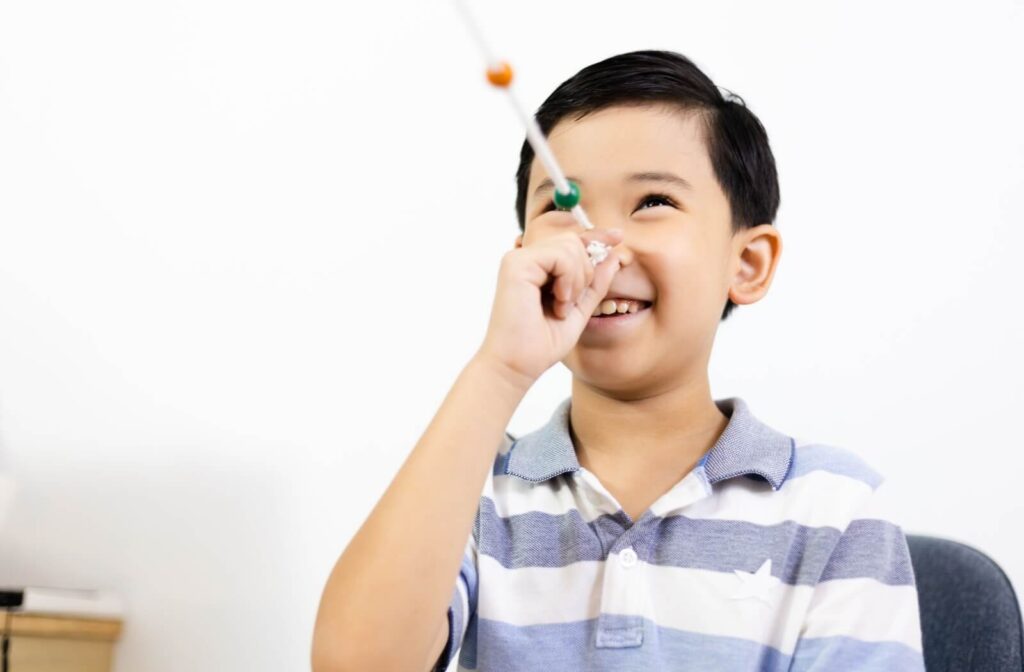
How Prairie Vision Supports Families
At Prairie Vision, we understand that parents want answers—not only for their children’s challenges, but also for how to help them succeed. That’s why, from the moment you step into our clinic, we’ll work with you to understand your child’s unique needs.
Our knowledgeable team takes the time to explain every step of the vision therapy process so you don’t have to feel overwhelmed. We’re here to provide answers, reassurance, and a path forward.
The Benefits of Early Vision Therapy
Early intervention is key when addressing vision issues. Not only does it help resolve problems more quickly, but it also prevents these issues from affecting other areas of life.
Here are some of the top benefits of early vision therapy:
- Improved academic performance: By addressing issues like tracking and focusing, vision therapy can make tasks like reading and writing far less frustrating.
- Better focus and attention: You might notice your child has an easier time paying attention in the classroom or during activities because their eyes are finally “working together.”
- Enhanced confidence: It’s fantastic to see the transformation in kids who no longer struggle with everyday tasks.
- A happier family dynamic: When kids feel successful and struggle less, it brings peace to the whole family—no more meltdowns over homework or avoiding reading time.
What to Expect During a Vision Therapy Session
If you’ve never experienced vision therapy, you may be wondering what it entails. Here’s a glimpse into what you can expect:
- Comprehensive assessment: We start by conducting detailed tests to understand your child’s unique needs. This helps us create a tailor-made therapy plan.
- Fun, interactive activities: Vision therapy isn’t boring. Kids often play games, use special tools, or practice eye exercises that feel more like play than work.
- Positive reinforcement: To keep things fun, we celebrate your child’s progress every step of the way.
- Ongoing support: Parents play a significant role in their child’s progress. We’ll teach you how to support exercises at home and keep track of their achievements.
Above all, you can expect a warm and encouraging environment where your child feels at ease.
Helping Your Child See the World Clearly
No child should miss out on their potential because of undiagnosed vision issues. At Prairie Vision, we take pride in partnering with families to ensure children see, learn, and thrive in every aspect of life.
If you’ve noticed signs of vision struggles or would like to learn more about how we can help, please reach out today. Book an appointment online and take the first step toward brighter days for your child.

